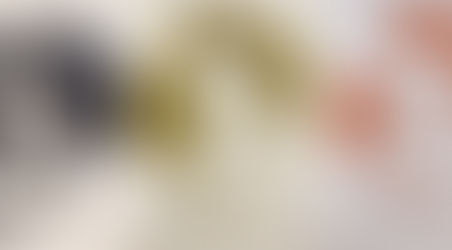Black and White 35mm Experiment
- Taylor H
- Mar 22, 2018
- 2 min read
I was in London recently, and I wanted to do a few shoots there just to take advantage of the situation. One of my favourite types of photography to do is architectural, because I absolutely adore the lines and shapes created in the buildings. London is a place that has great architecture, so I thought I would do a little photography while I was there.
I realise that architectural photography isn't exactly self portraiture, but self portraiture doesn't necessarily have to be a photograph of a person. It can be representative, which I tried to be with my photographs. I wanted the complexity of the geometry in the buildings to represent the synapses and connections in my brain, and odd details like bicycles, plants, or hanging laundry to represent thoughts or ideas.

I also tried to channel my love of Alexandr Rodchenko in this shoot. He was very good at employing odd angles, patterns, and leading lines to create his photographs.
The shoot itself was very enjoyable to me. When I have my photographer's hat on and I'm looking for different patterns and shapes it makes walking around a lot more fun. The only thing that wasn't ideal about the shoot was that we were constantly moving the whole time, so there wasn't any availability for me to stop and think too much about the photograph. It was very much along the lines of me seeing a good looking building and shooting it. I think that if I were to do it again, I'd go to London at a time where I could stop and think a bit more.
I also decided to experiment with the film a little bit. Since I shot on Black and White 35mm, I thought I would give reticulation a go. You achieve that look by developing black and white film in baths of varying temperatures, but since the black and white film I was using is C-41 processed, I would be sending it through the machine anyway. So, I stuck the film canister in a freezer for 2 days, and put it in some boiling water. Not really sure if it did anything yet, but we'll find out once it's developed.





























Comments